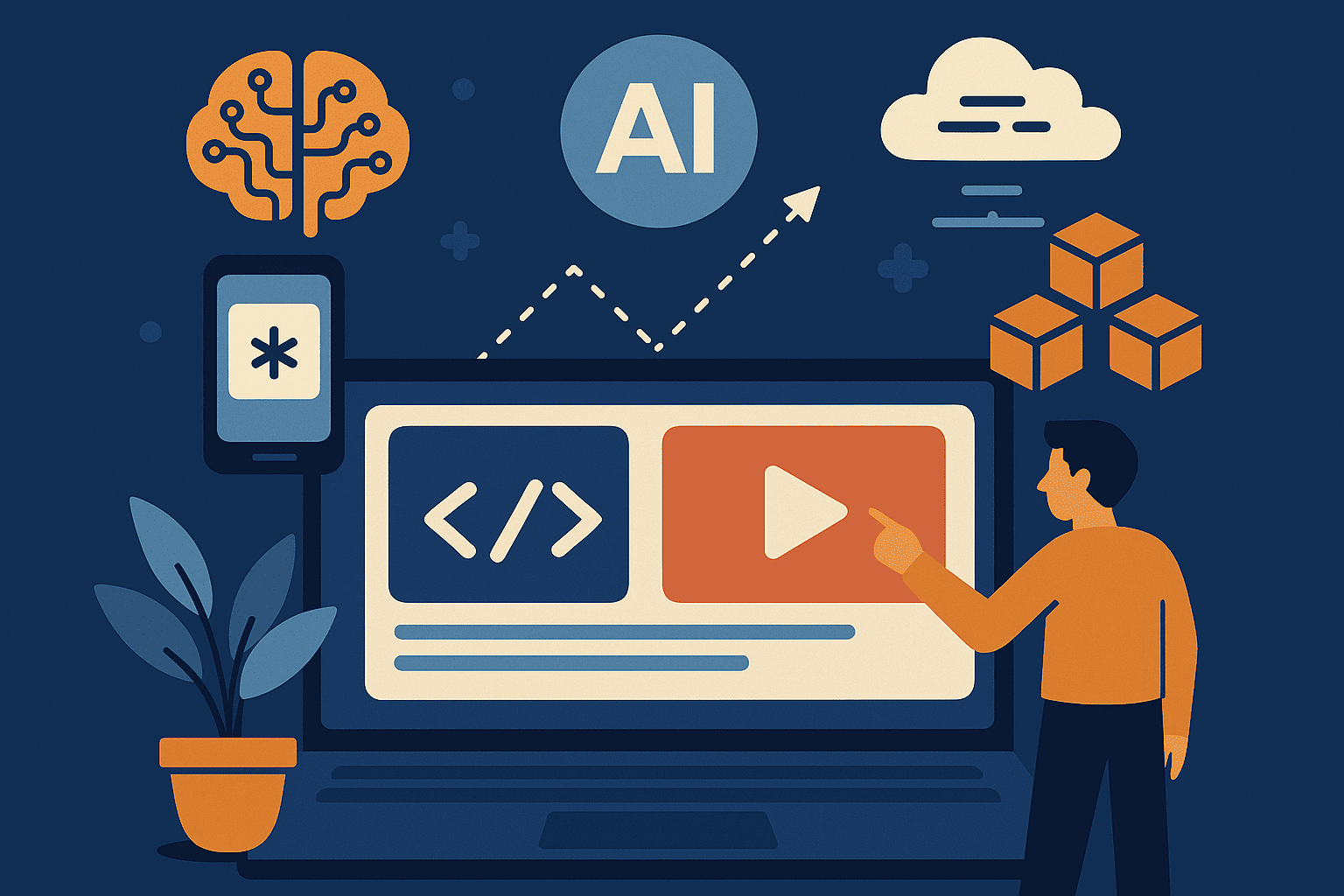The web development landscape is evolving at an unprecedented pace, driven by emerging technologies and changing user expectations. As we navigate through 2024, developers must stay ahead of the curve to build applications that are not only functional but also innovative and user-centric. This comprehensive guide explores the key trends shaping the future of web development.
Emerging Technologies Reshaping Development
The integration of artificial intelligence and machine learning into web development workflows has revolutionized how we approach coding, testing, and deployment. AI-powered development tools are becoming essential for modern developers, enabling faster code generation, automated testing, and intelligent debugging processes.
Serverless architecture continues to gain momentum, offering developers the ability to focus on code rather than infrastructure management. This shift towards Function-as-a-Service (FaaS) platforms has significantly reduced operational overhead while improving scalability and cost-effectiveness.
Key Development Frameworks
- React and Next.js for modern frontend development with server-side rendering capabilities
- Node.js and serverless architectures for scalable backend solutions
- Progressive Web Apps (PWAs) for enhanced user experiences across devices
- WebAssembly (WASM) for high-performance web applications
- Headless CMS integration for flexible content management systems
- AI-powered development tools for automated code generation and optimization
"The future of web development lies in creating seamless, intelligent experiences that adapt to user needs in real-time. Developers who embrace AI integration and serverless architectures will lead the next wave of digital innovation." - Tech Innovation Report 2024
Performance and User Experience Focus
Core Web Vitals have become critical ranking factors, making performance optimization a top priority for developers. The emphasis on loading speed, interactivity, and visual stability has led to the adoption of advanced techniques such as code splitting, lazy loading, and edge computing.
User experience design is increasingly data-driven, with developers leveraging analytics and user behavior insights to create more intuitive interfaces. The rise of micro-interactions and motion design has added new dimensions to web experiences, making them more engaging and memorable.
Development Best Practices
Modern web development emphasizes clean code architecture, comprehensive testing strategies, and continuous integration/continuous deployment (CI/CD) pipelines. The adoption of TypeScript has significantly improved code quality and maintainability, while design systems ensure consistency across large-scale applications.
Security-first development practices have become non-negotiable, with developers implementing authentication, authorization, and data protection measures from the ground up. The integration of security scanning tools into development workflows helps identify vulnerabilities early in the development cycle.
The Role of AI in Modern Development
Artificial intelligence is transforming every aspect of web development, from code generation to user experience personalization. AI-powered tools are helping developers write more efficient code, identify bugs faster, and optimize application performance automatically.
Machine learning algorithms are being integrated directly into web applications, enabling features such as intelligent search, content recommendations, and automated customer support. The democratization of AI tools has made it possible for developers of all skill levels to incorporate sophisticated AI capabilities into their projects.
Looking ahead, the convergence of web development and AI will continue to accelerate, with natural language programming and AI-assisted debugging becoming standard practices. Developers who master these technologies today will be well-positioned for the future of web development.


